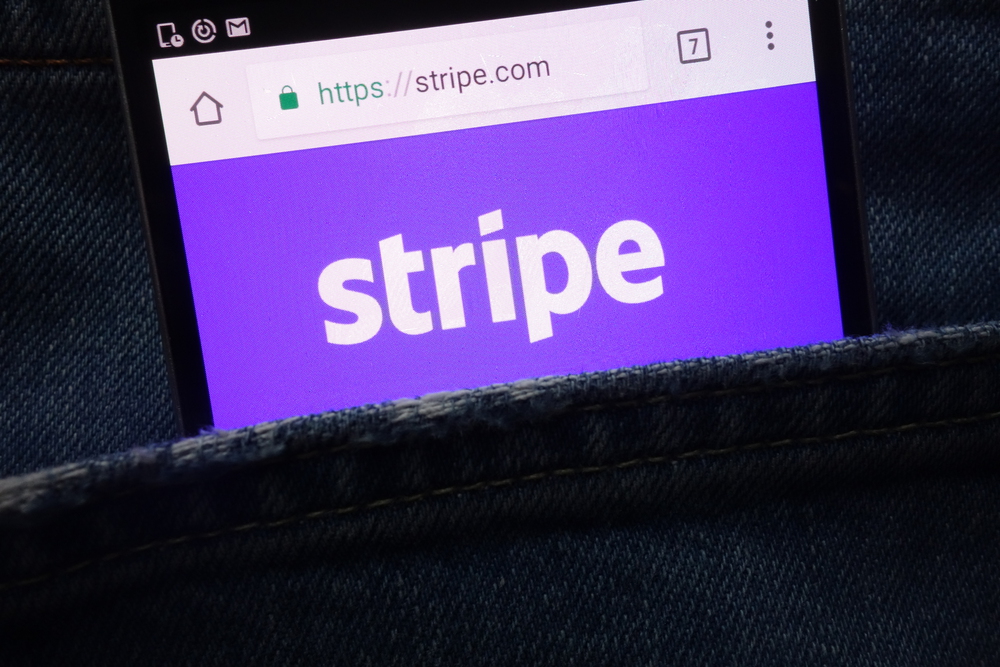You wake up one morning, excited to check your Stripe account and see the latest sales figures, only to find a gut-wrenching email stating that your account has been terminated.
Panic sets in as you realize your primary payment processor is no longer available, putting your entire business at risk. Sound familiar? You’re not alone.
Too many people are searching “stripeshutmedown” in an effort to find a solution to their once profitable store. Let’s not waste any more time and get right into it.
AVOID STRIPE SHUTDOWNS PERMANENTLY
Too Common Devastating Stripe Shutdown Scenarios
There are many scenarios where stripeshutmedown comes into play, but there are two categories we can file them all under. Here are two examples:
The High-Risk Merchant
John runs an online store selling CBD products. Despite his best efforts to maintain a low chargeback ratio and provide excellent customer service, Stripe deems his business high-risk and shuts down his account without warning.
Not knowing what constitutes a high-risk merchant nor being familiar with his merchant category code(s), John is left scrambling to find a new payment processor. Not only is he worrying about the funds Stripe is withholding, but also how to get his store back up and running.
The Unexpected Termination
Sarah’s e-commerce store has been running smoothly for years, with a steady stream of sales and happy customers. Recently, her store has had a sudden burst in sales, doubling her normal monthly volume.
Out of the blue, she receives an email from Stripe stating that her account has been suspended with no reason stated. Despite having no history of fraudulent activity, Sarah is now facing the daunting task of finding a new payment processor to keep her business scaling and losing access to her hard-earned money.
Your 3-Step Plan to Recover from a Stripe Shutdown
If you find yourself in a similar situation, don’t panic. Follow these three steps to get your business back on track.
1. Open Another Account with a Popular Payment Aggregator
While it may be tempting to put all your eggs in one basket, you need to have a backup plan.
Open an account with PayPal, Shopify Payments, or Square. These popular payment aggregators can help you continue processing transactions while you work on a long-term solution.
NOTE: These are payment aggregators, NOT payment processors. What’s the difference? An aggregator or payment facilitator or 3rd-party payment service provider (they all mean the same thing) doesn’t give you a merchant account. These services have their own merchant account and then give you a sub account within their own.
The positive thing is that you get setup really quickly and can start operating within 24 hours. The downside is that they are highly risk averse, meaning they can shut you down in an instant.
2. Find Your Merchant Category Code and Apply for a Real Merchant Account
Determine your merchant category code (MCC) and start researching payment processors that specialize in your industry.
High-risk merchants may need to work with specialized payment processors that understand their unique challenges. Applying for a real merchant account will provide more stability and support than relying solely on third-party processors like Stripe.
You may fall under several MCCs. Don’t try to cheat and use a low-risk one because it won’t work out in your favor. Instead, compare and contrast the codes you do fall under to see what the going rate are between them. You cannot change your merchant category code once your account is open.
3. Contact Stripe Support and Request a Partial Refund
If Stripe is withholding your funds, don’t be afraid to advocate for yourself. Contact Stripe support via email and direct mail, explaining your situation and requesting the release of 50% of your funds.
Be persistent and professional in your communication, and don’t give up until you receive a satisfactory response. If your negotiation is 50% of what they’re holding, they’re more likely to give in. Stripe doesn’t usually need all of your funds, but they do need enough to cover fees, returns, refunds, chargebacks, etc.
You won’t get 100% of your funds right away, so don’t go in with that expectation.
CONNECT WITH A PAYMENT PROCESSOR THAT SUPPORTS YOUR BUSINESS
Don’t Let a Stripe Shutdown Derail Your Business
A stripeshutmedown situation can be a devastating blow to any business, but it doesn’t have to be the end of the road. By acting quickly and following these three steps, you can minimize the impact on your operations and get back to serving your customers.
Remember, diversifying your payment processing options and having a solid backup plan can help you weather any storm. Don’t wait until it’s too late – start exploring your options today and protect your business from the unexpected.
